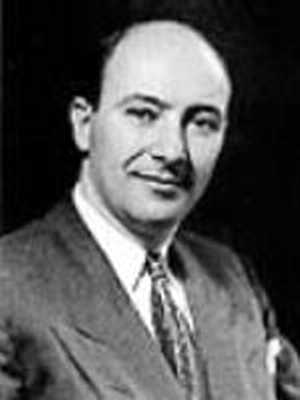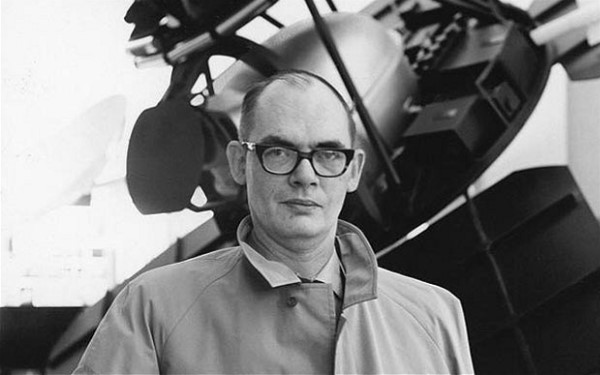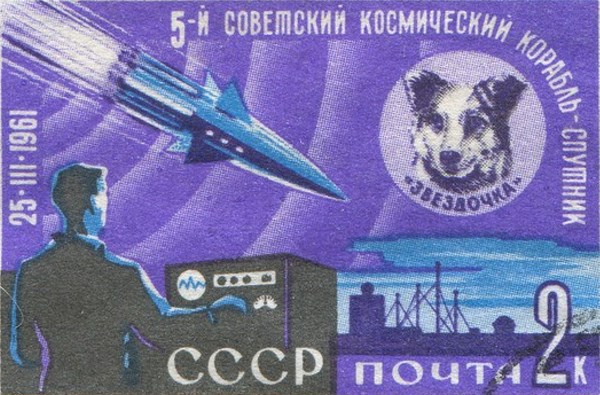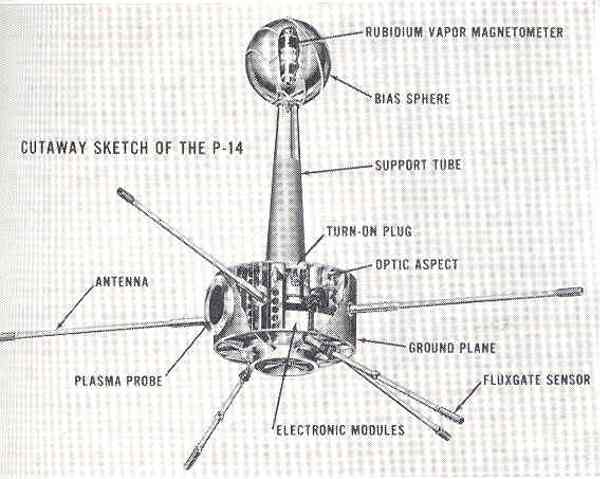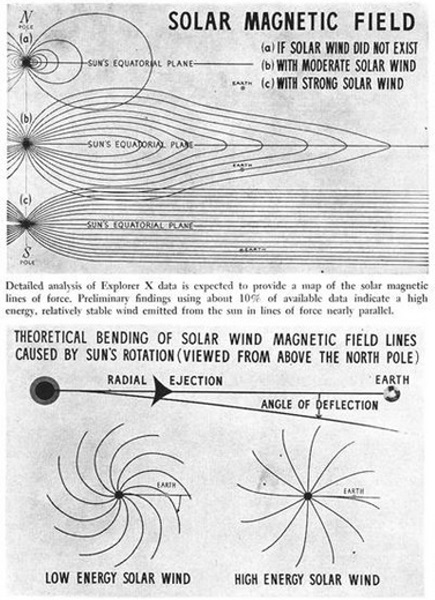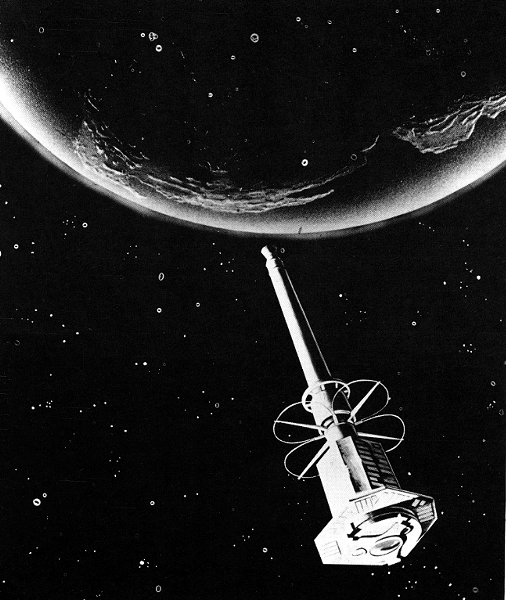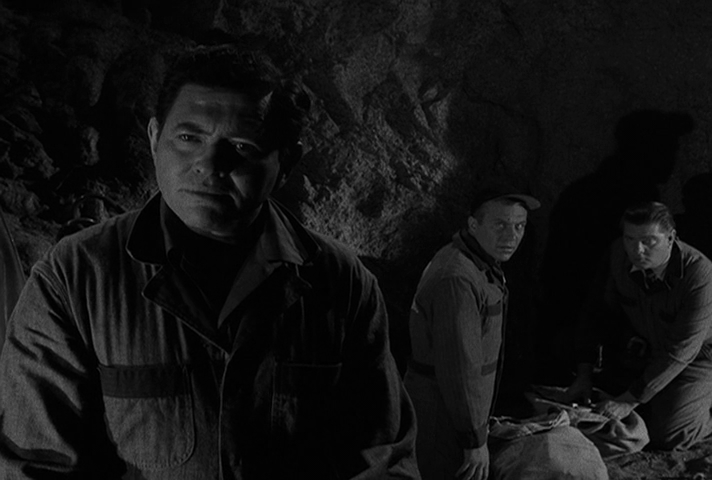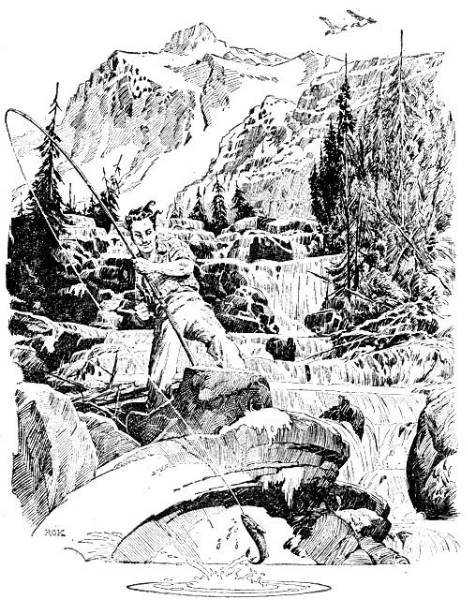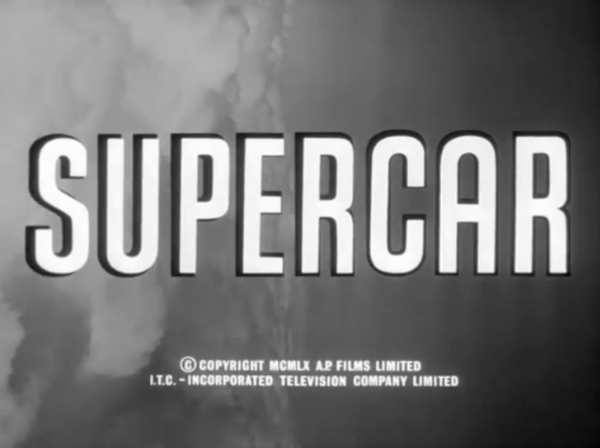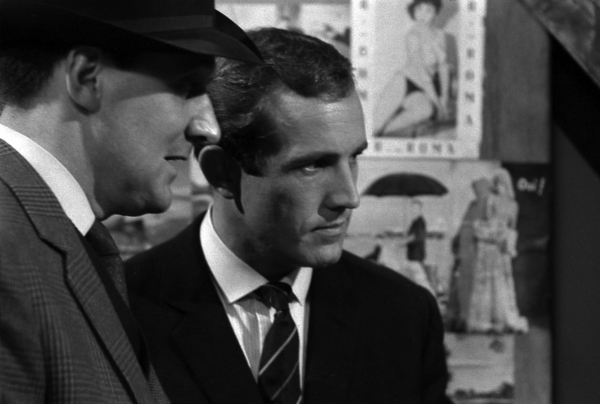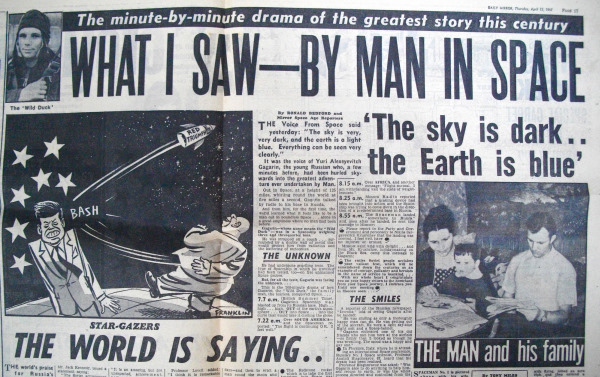Just a generation ago, King Kong introduced us to the spectacle of an oversized monster wrecking a modern metropolis. The Japanese have taken this torch and run with it, giving us first Godzilla, and its rather inferior sequel, Godzilla Raids Again. Not to be outdone, the British have unleashed a giant lizard on their own capital.

As my regular readers know (and I'm pleased to see that this number has grown since I began this endeavor just two-and-a-half years ago), my daughter and I are avid movie-goers. I daresay we've watched every science fiction and fantasy flick that has mounted reel in our town since 1959. That means we see a lot of dreck, but even the worst films often have something to recommend them, even if it is only their own awfulness. And, there are the occasional indisputably great shows.
Gorgo is not among them, but then it never claims to be. It delivers exactly what it promises: the gleeful destruction of London.
I'm getting ahead of myself. First, the plot, such as it is:
During a salvage mission off the coast of Ireland, the M.V. Triton is almost capsized by the emergence of an undersea volcano. Taking refuge in a provincial island port, the Triton's captain, Joe Ryan, and his mate, Sam Slade, witness an assault on the village by a sea-based dinosaur. They assist in its repulsion and then, fired by greed, hatch a plan to capture the creature. They are warned against this endeavor by charming little Sean, a villager boy with a Gaelic lilt, but Ryan and Slade are determined.

Joe: How about we capture this thing and sell it for money? — Sean: That's a bad idea.
Surprisingly, their gambit of dangling Slade in a diving bell like fishing bait works; they net the poor creature and hoist it onto their boat. This was the point at which I dubbed the film "Animal Cruelty: The Movie!" At no time did events suggest a different title (and, in fact, they only reinforced it.) On the long trip to London, lured by the promise of a cash payout by a local circus, Ryan keeps the beast doused with water. It runs off the creature, leaving a tell-tale trail in the boat's wake – an important plot point.

Joe: Why did you try letting it free? — Sean: This is a bad idea.
Once in the British capital, the newly christened "Gorgo" is tranquilized and placed in a spiked, electric-wire girdled pit for gawkers to admire. All seems well for Ryan's lucrative new venture, but Slade (urged by Sean) is having second thoughts. It soon turns out that there are more than humanitarian reasons to free the creature; it is, in fact, an infant, and its mother must be several times larger – and none too happy!


I shan't spoil the rest. Suffice it to say that Mom does make an appearance, and the King Brothers (producers of this film) are not stingy with her screen time. A full half of the movie is devoted to a pitched running battle between the giant oceanic saurian and Her Majesty's Navy, Army, and Air Force, followed by some lovingly depicted destruction of London's most recognizable landmarks as the mother comes to reclaim her child. I must say, the British do collapsing stone walls much more convincingly than the Japanese.

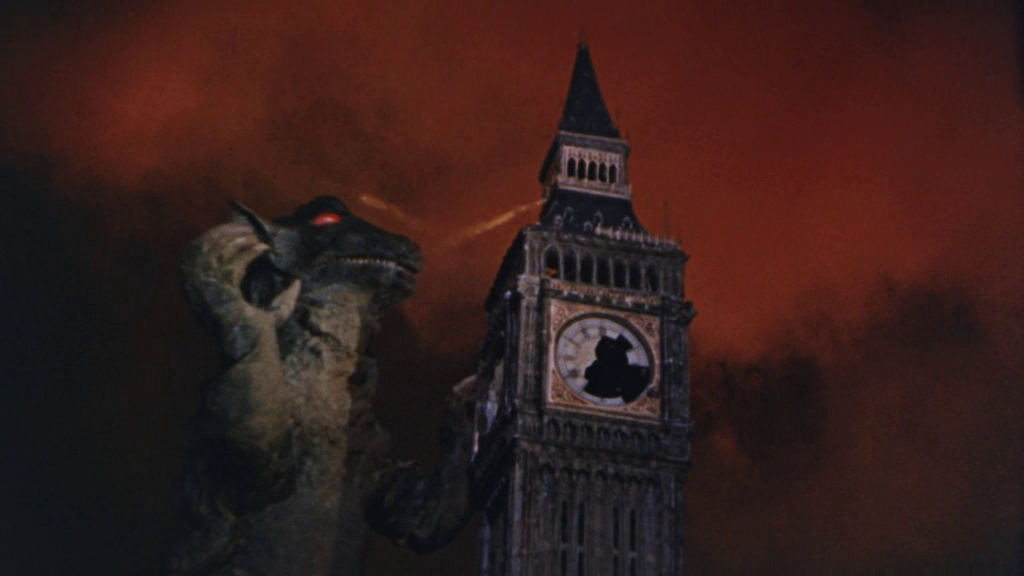

Is it art for the ages? Absolutely not. Though there is some morality tacked on, mostly of the "humanity mustn't think itself the master of nature" sort of thing, it's an afterthought. Characterization is abandoned around the halfway mark. This is no Godzilla — it is knocking over of toy cities for the fun of it.
At that, it succeeds quite well. Gorgo makes liberal and reasonably facile use of stock footage (though the planes all inexplicably bear United States markings!) The cinematography is well composed, the color bright, the screen wide. The acting is serviceable, and for anyone who wants to see what London looks like in this modern year of 1961, there are lots of great shots, both pre and post-destruction.

Joe: I can't help but feel that I'm slightly responsible for all of this. — Sean: No kidding.
Good, clean fun, and a cautionary tale to those who kick puppies. Momma's going to get you, and she has a mean bite. Three stars.
But don't just take my word for it; let's hear from my co-reviewer, the Young Traveler:

I thoroughly enjoyed Gorgo for what it was, a movie about destruction and explosions, but I also wished there could have been a little bit more dialogue, especially with Sean. It felt like he was just there, without much of a purpose, which I feel is really a shame since I really liked his character.
However I can give the movie credit on the ending. I won't spoil it, but I did like it. It seems I've got a knack for guessing the endings of movies and shows from the beginning. Similar to a few Twighlight Zone episodes, I guessed Gorgo's ending (and about the appearance of Mama Gorgo) in the first ten minutes!
I do want to also point out the special effects. Some of the stock footage splicing looked a little silly, going from a red smoky sky to a clear blue one, but other than that they were very well done. The buildings always fell with a satisfying crash; the gunshots and electrical shocks, though also a little silly, were edited in well; and finally, the monsters looked amazing. At one point I commented that Gorgo looked like "an adorable kitty fish" but that aside, they looked fairly realistic throughout the movie. I think the best effect was their eyes. Even through the hard monster exterior, they always showed emotion via their red eyes. The eyes would also look around at things and not just stay in one place. Overall, it was a really convincing suit, even if it did constantly vary in size.

Truly a step up from Konga. I also give it three stars.





